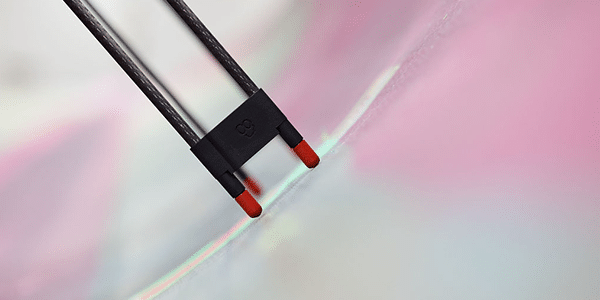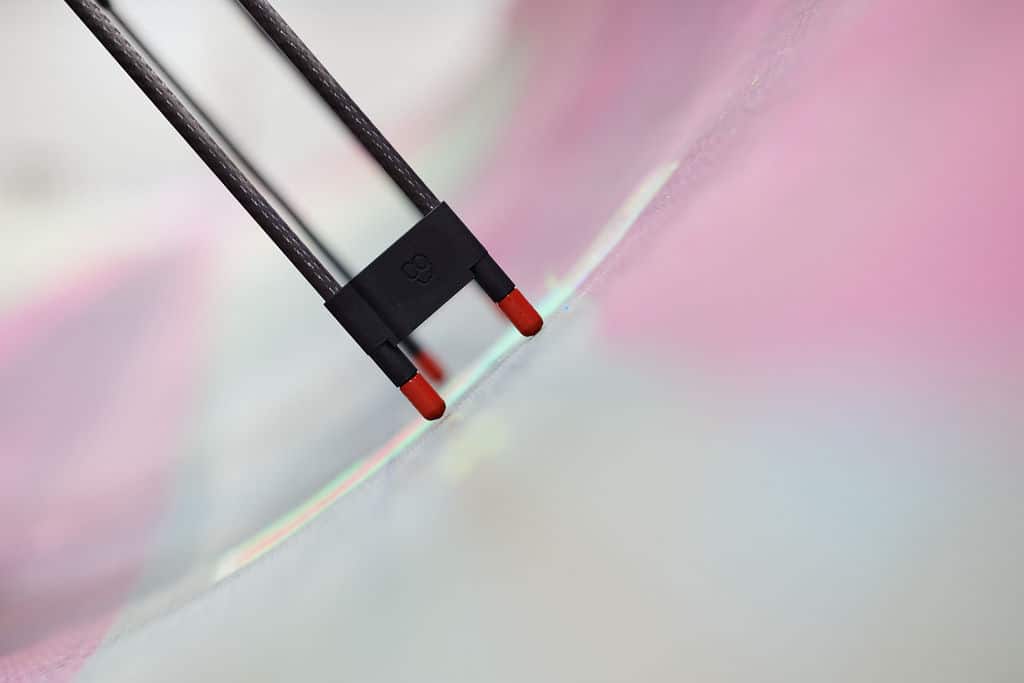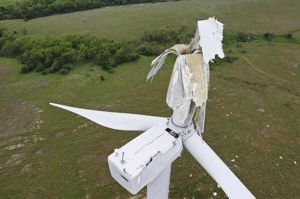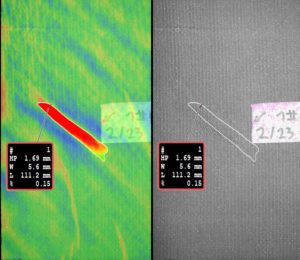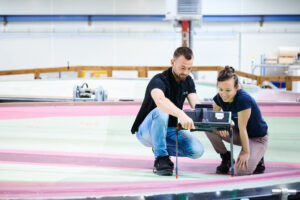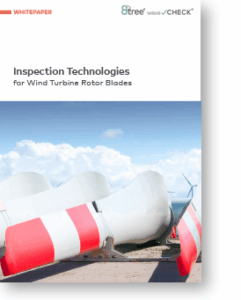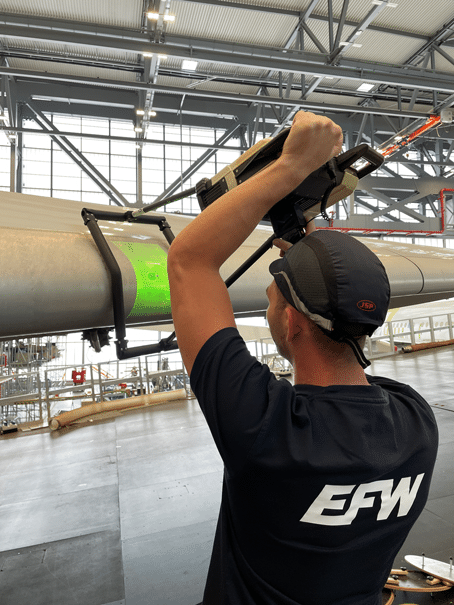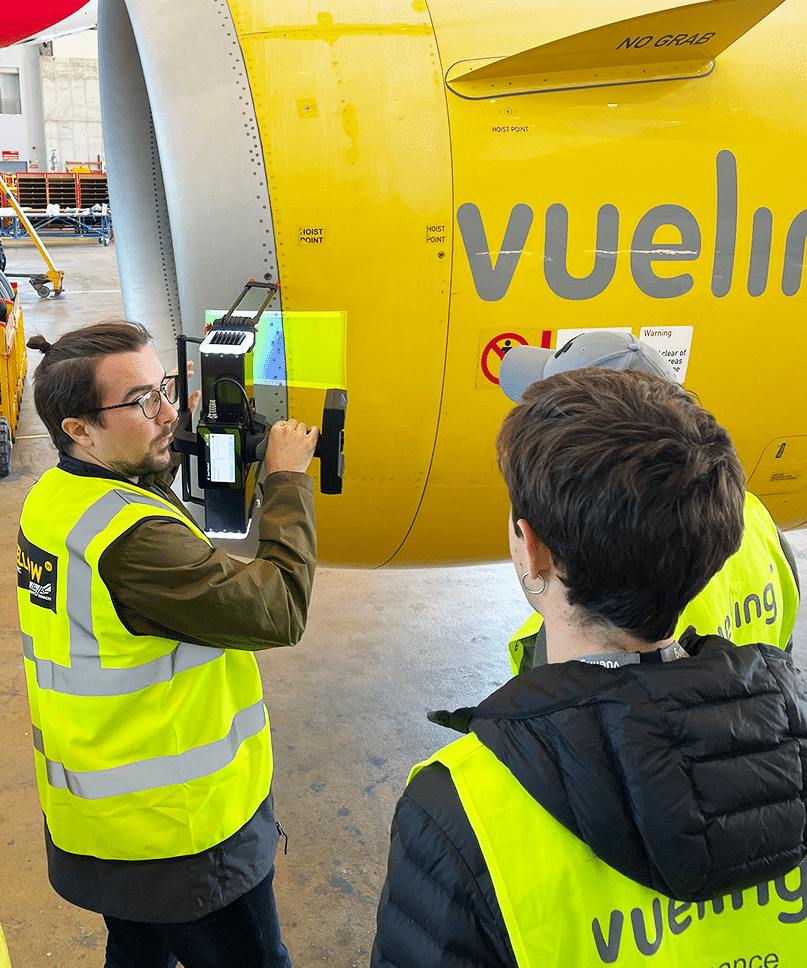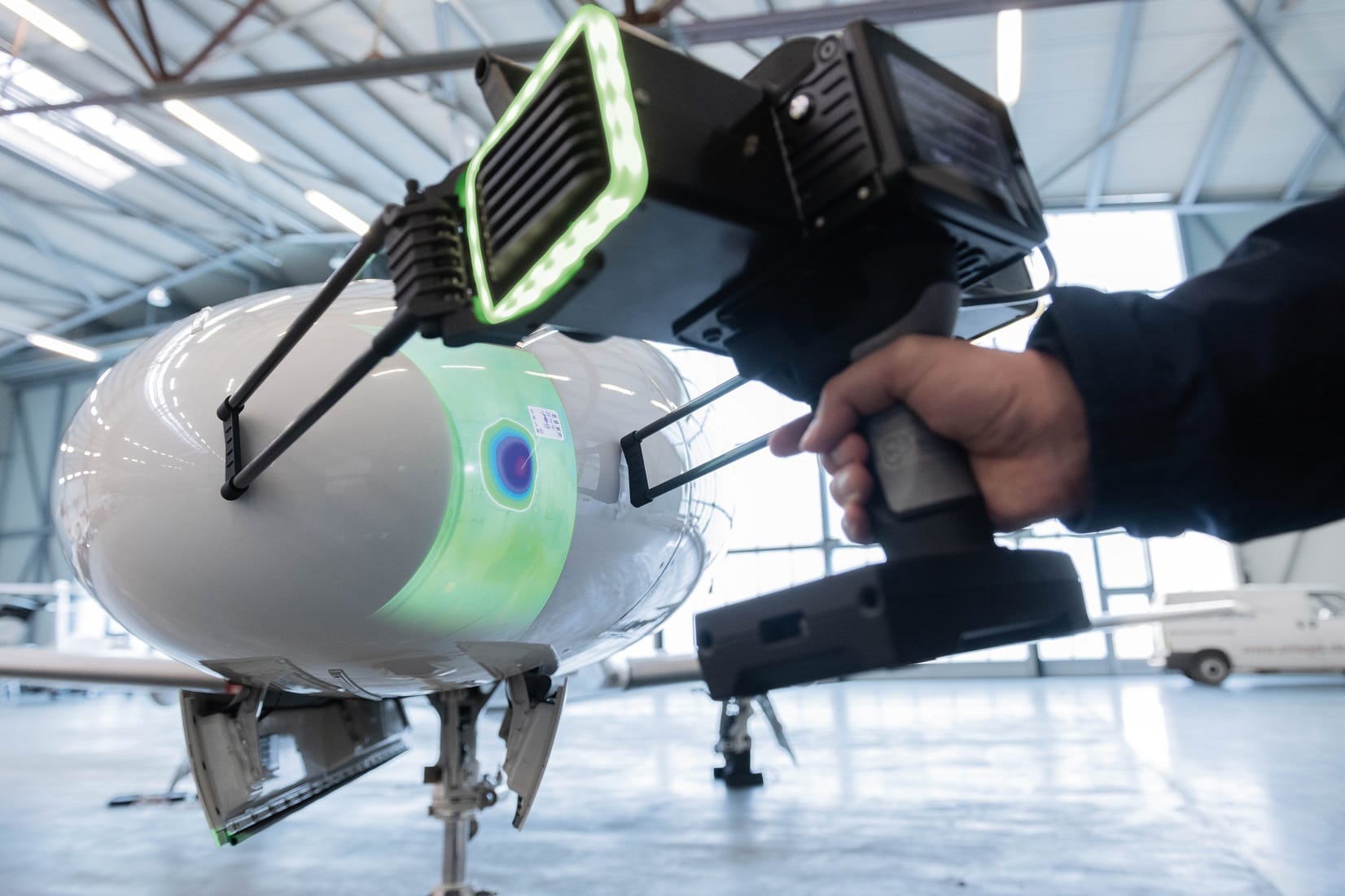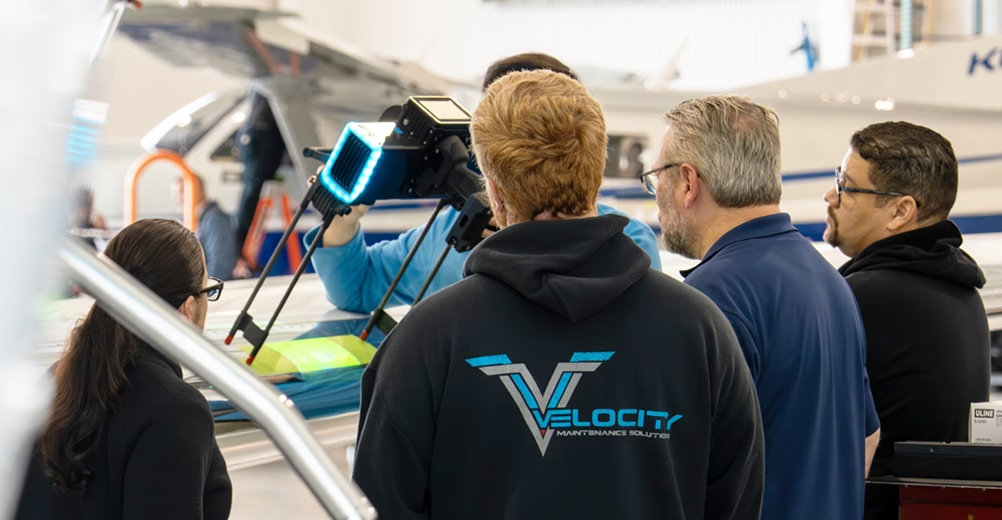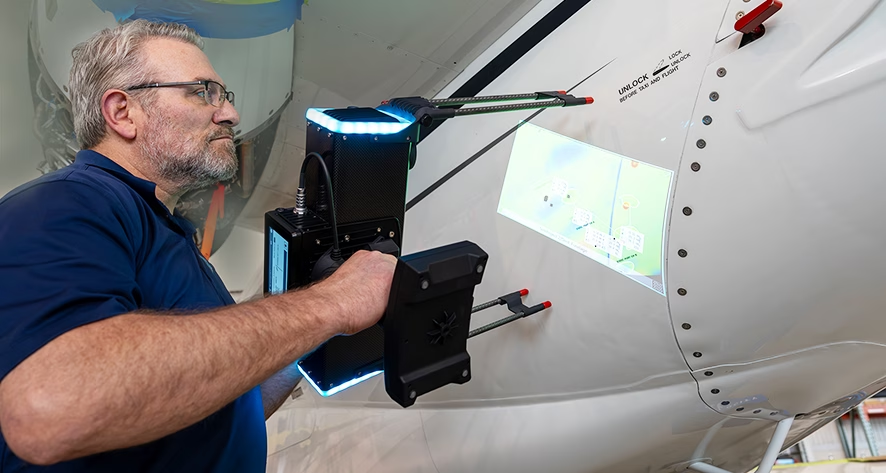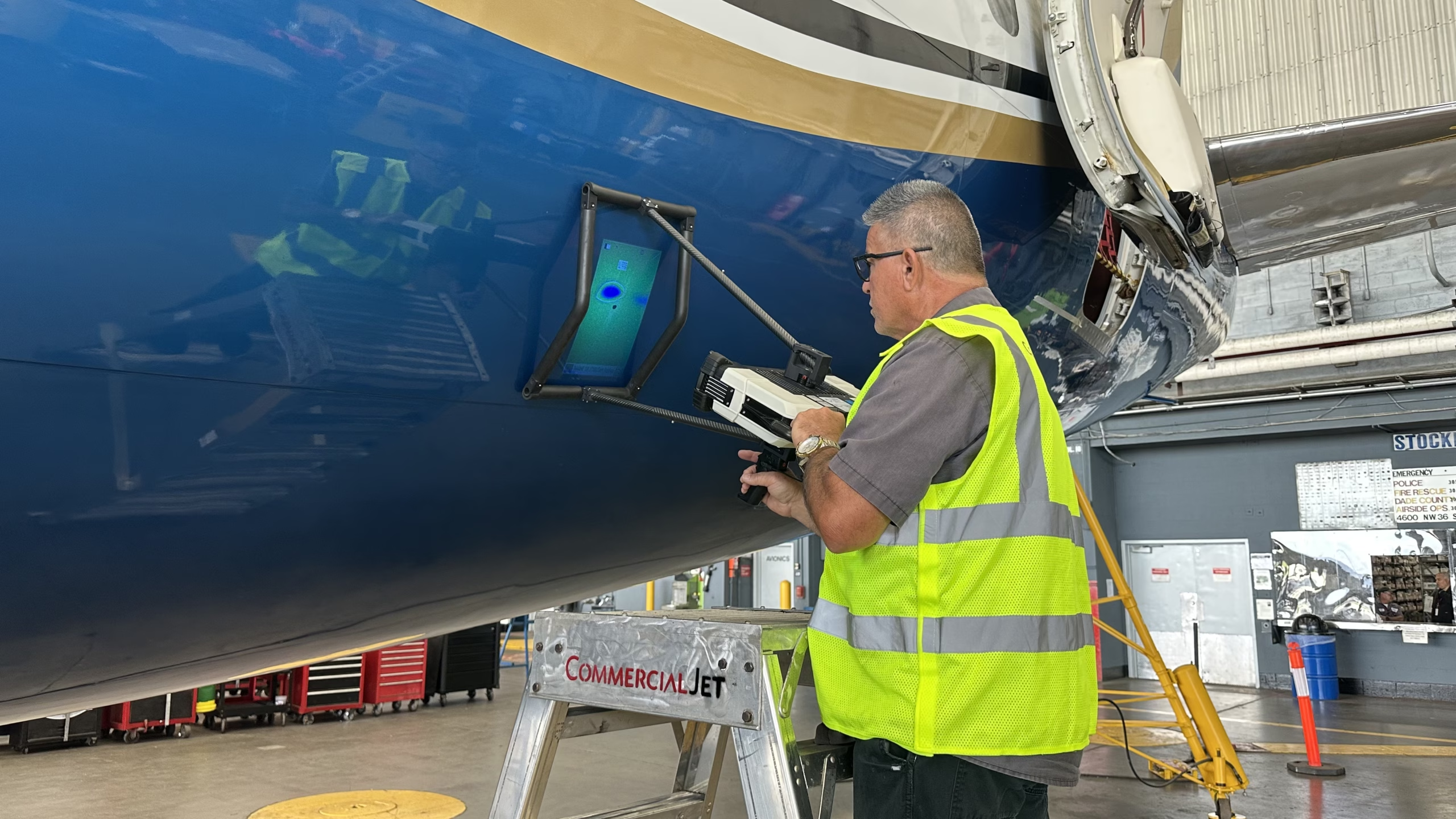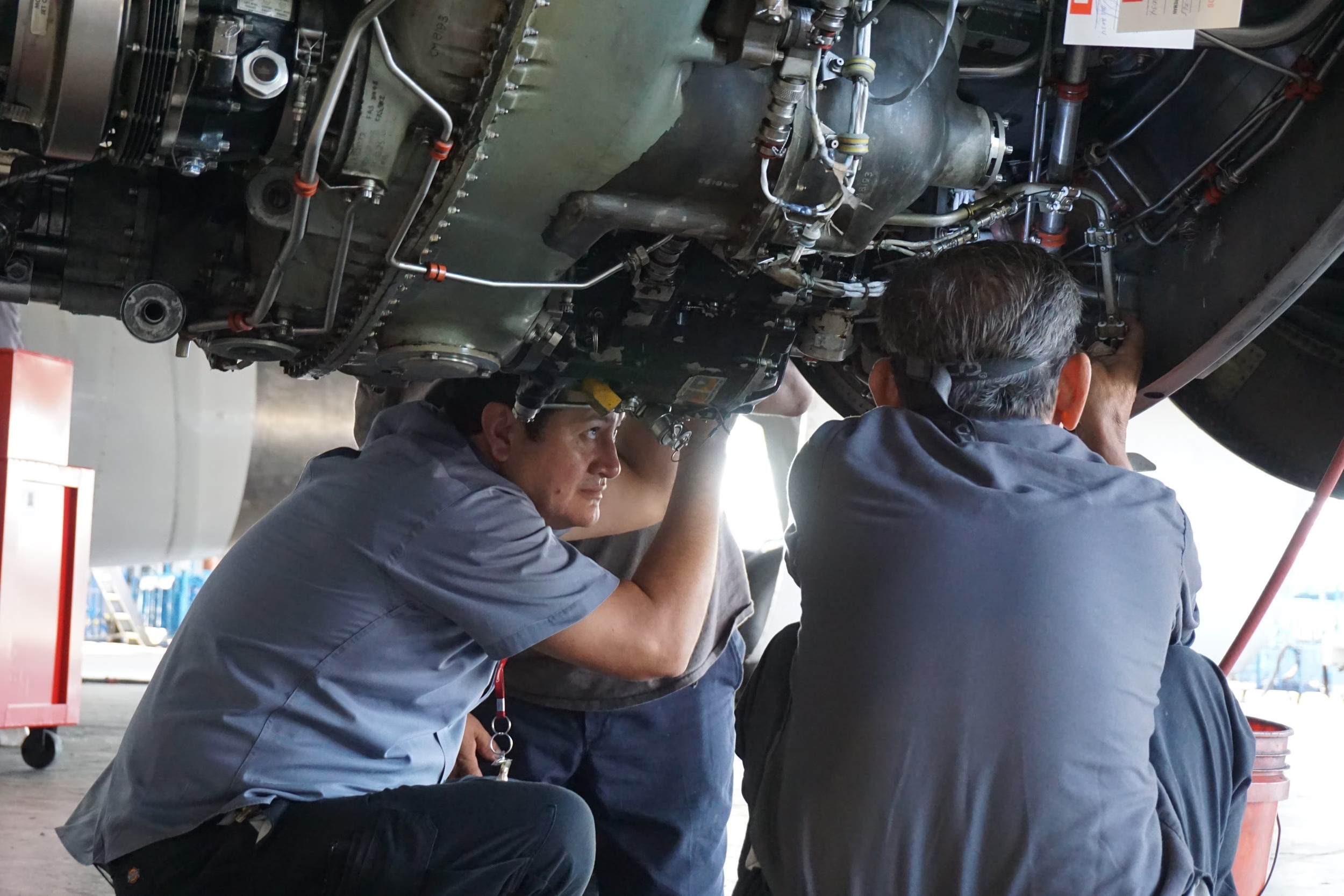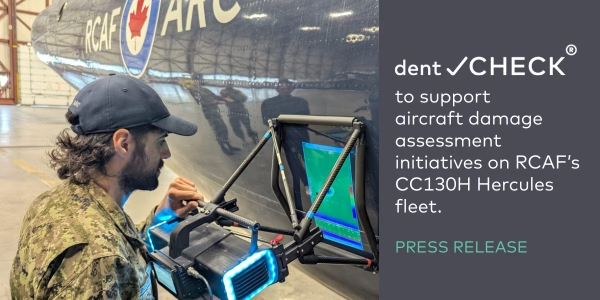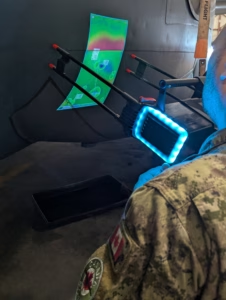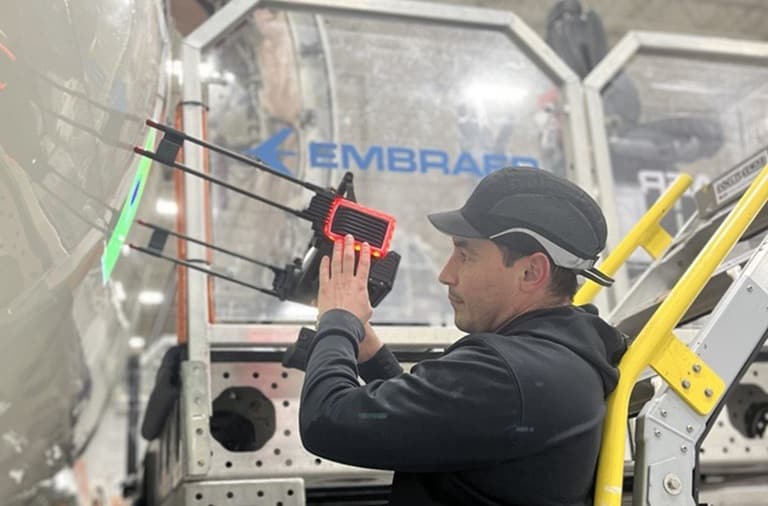
A Digital & Optical Inspection Solution for Leading Edge Profiles in Wind Turbine Blade Manufacturing
CONSTANCE, GERMANY & RANCHO CUCAMONGA, CALIFORNIA – Dezember 1, 2025
8tree, a global innovator in 3D surface inspection technology, today announced the launch of profileCHECK,
a new digital and optical inspection product designed specifically for evaluating the aerodynamic leading edge profile of wind turbine blades. The solution will be presented publicly for the first time by 8tree’s Program Manager (Wind), Johannes Leib, at AMI Wind Turbine Blades 2025 in Düsseldorf this December.
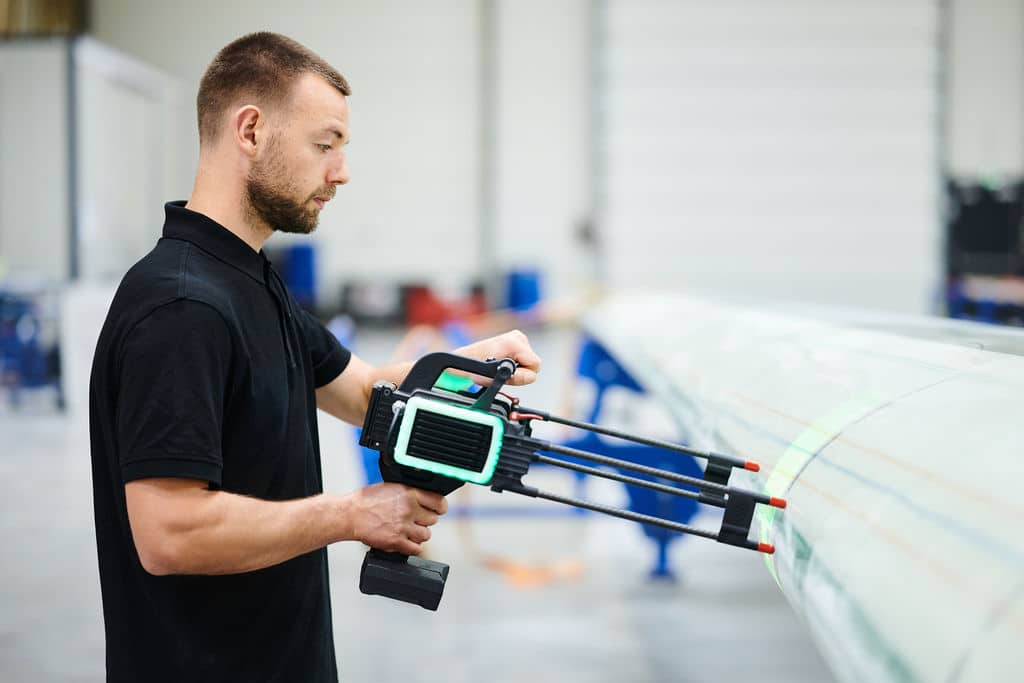
8tree, a global innovator in 3D surface inspection technology, today announced the launch of profileCHECK,
a new digital and optical inspection product designed specifically for evaluating the aerodynamic leading edge profile of wind turbine blades. The solution will be presented publicly for the first time by 8tree’s Program Manager (Wind), Johannes Leib, at AMI Wind Turbine Blades 2025 in Düsseldorf this December.
As wind turbines continue to grow in size and performance expectations rise, ensuring the aerodynamic accuracy of rotor blades has become increasingly critical. Even small deviations in leading-edge geometry can adversely impact aerodynamic efficiency, introduce avoidable energy losses, and contribute to costly rework or warranty claims. Manufacturers have long relied on manual gauges, templates, and subjective measurement techniques that vary by operator, offering limited traceability. These traditional methods often struggle to reliably capture subtle geometric discrepancies that influence blade performance
profileCHECK addresses these challenges by digitalizing the inspection of the aerodynamic leading edge profile. The system integrates optical scanning with CAD-based nominal models, enabling a direct comparison between the actual blade surface and the intended design geometry. The resulting analysis is presented through real-time, color-coded deviation visualization, supplemented by automated annotations that clearly document the type and magnitude of variation. By replacing manual inspections with precise, objective, and fully traceable digital measurements, profileCHECK introduces a new level of consistency and repeatability to blade quality assurance.
In addition to improving measurement accuracy, profileCHECK enhances manufacturing reliability by streamlining inspection workflows. Digital data enables faster decision-making, supports quality gate documentation, and facilitates more efficient collaboration between production teams, engineering, and external stakeholders. This approach also strengthens health and safety practices by reducing the need for physically awkward or ergonomically challenging manual inspection procedures.
profileCHECK also strengthens metrological confidence by ensuring traceability to national measurement standards and SI units. Measurement integrity is supported through 8tree’s ISO 17025–accredited calibration laboratory, enabling manufacturers to rely on consistent, verified, and audit-ready inspection results that align with global quality and certification requirements.
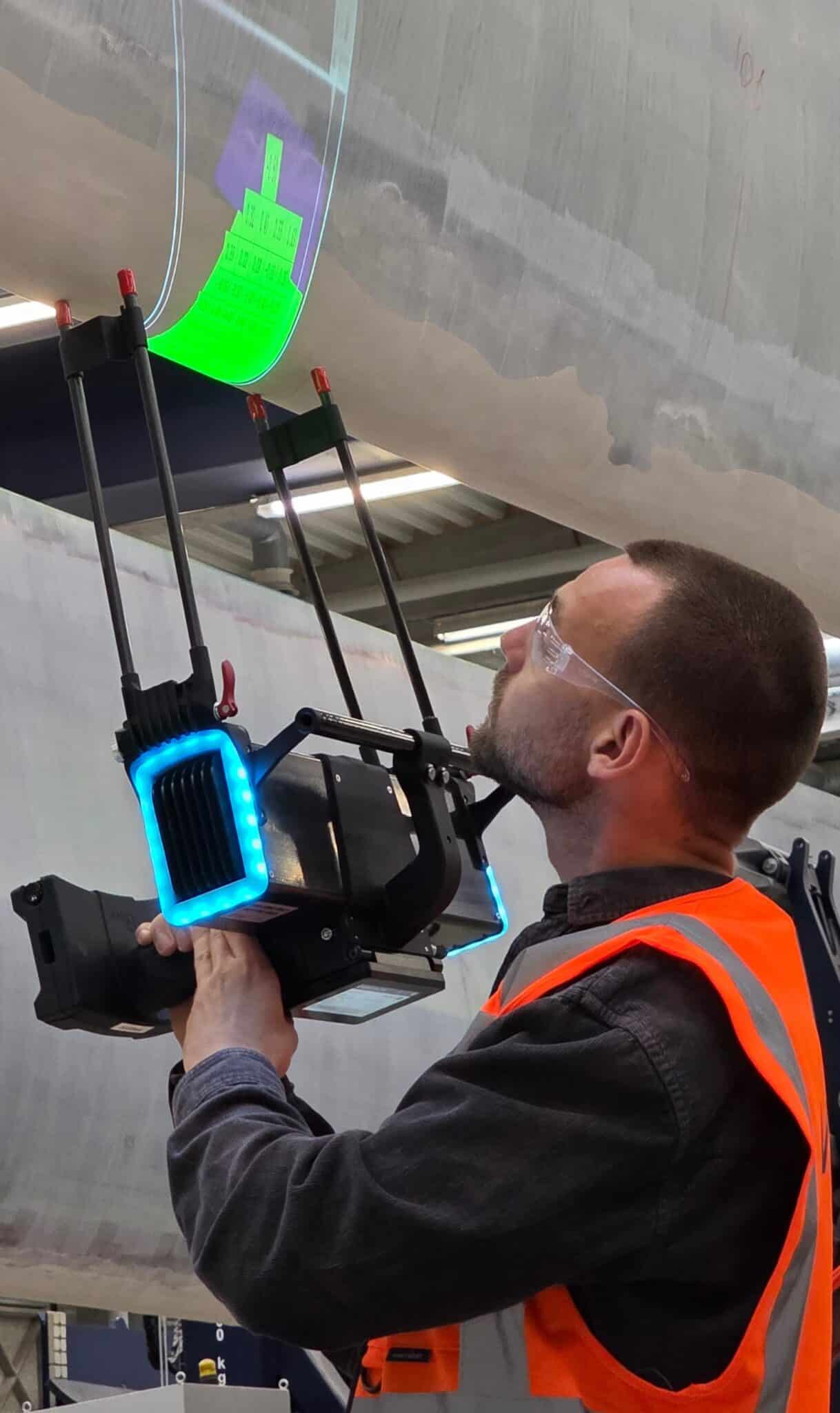
”“Accurate inspection of the aerodynamic leading edge profile is an integral part to blade quality,” said Johannes Leib, who will unveil profileCHECK™ during his technical session at AMI 2025. “By moving from subjective manual tools to a digital, optical inspection method, manufacturers gain the ability to assess leading-edge conformity quickly, consistently, and with the traceability that the industry increasingly requires.”
Johannes Georg LeibProgram Manager - Wind
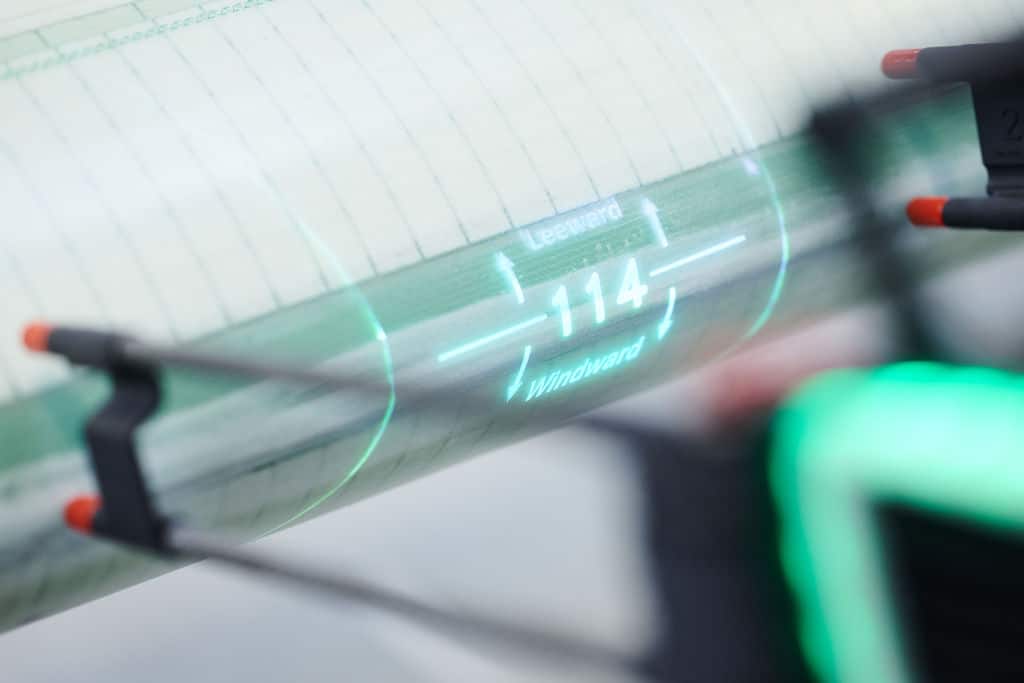

profileCHECK expands 8tree’s portfolio of digital inspection tools for the wind sector, complementing the company’s established solutions used for evaluating surface waviness, wrinkles, steps, and other critical composite characteristics. Together, these technologies support blade manufacturers in elevating overall process control and demonstrating measurable manufacturing quality at delivery.
8tree invites wind industry professionals to learn more about profileCHECK during the company’s participation at AMI Wind Turbine Blades 2025, taking place December 9–11 in Düsseldorf.
About 8tree
8tree tools, technology and services boost your production quality with precision 3D measurement that is as simple as taking a photo.
With built-in AR, 8tree’s tools empower operators of every skill-level to achieve accurate, consistent, and actionable inspection results within seconds.
For more information, visit 8-tree.com
For recent news, follow 8tree on LinkedIn

Marketing Coordinator

